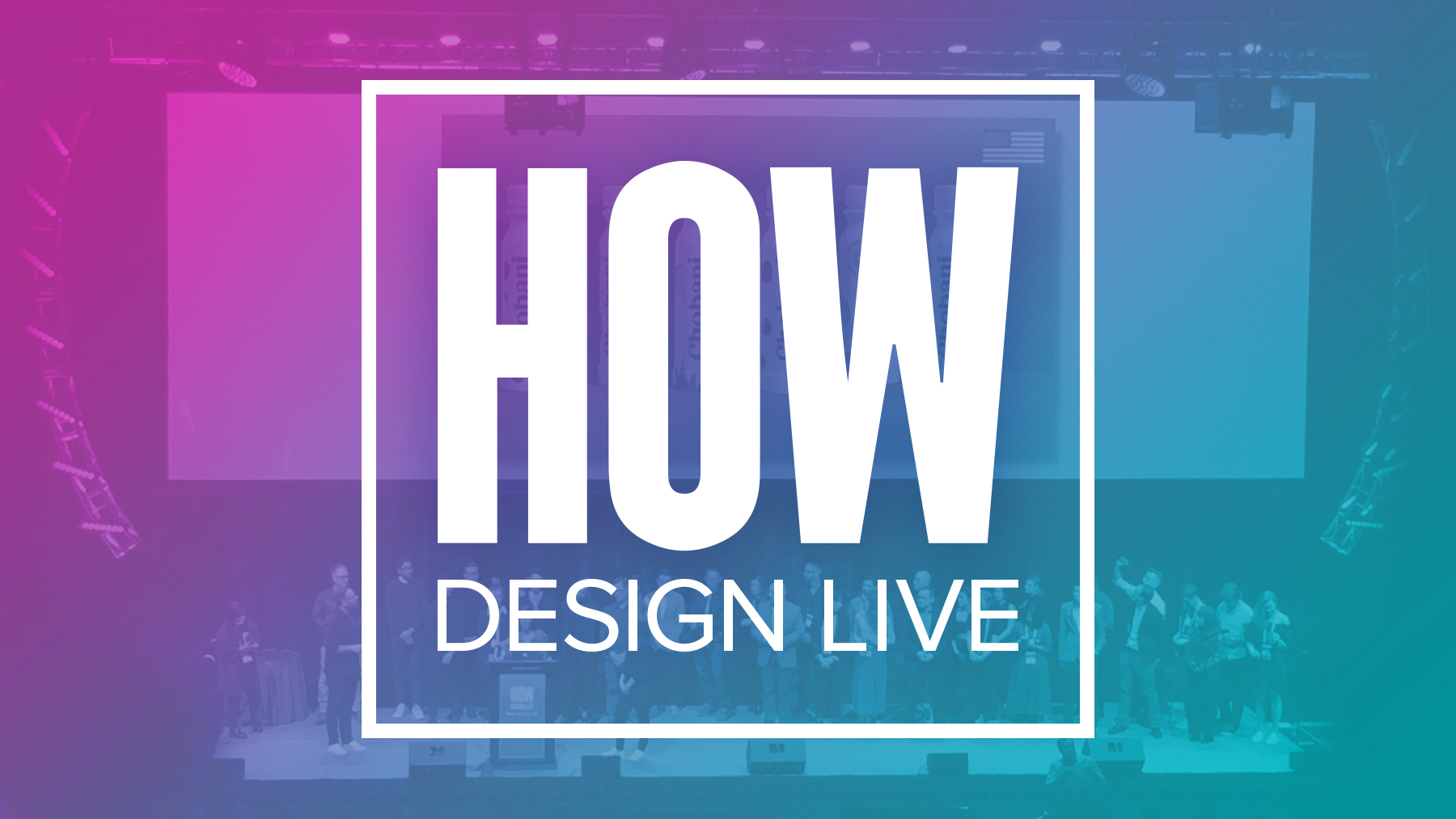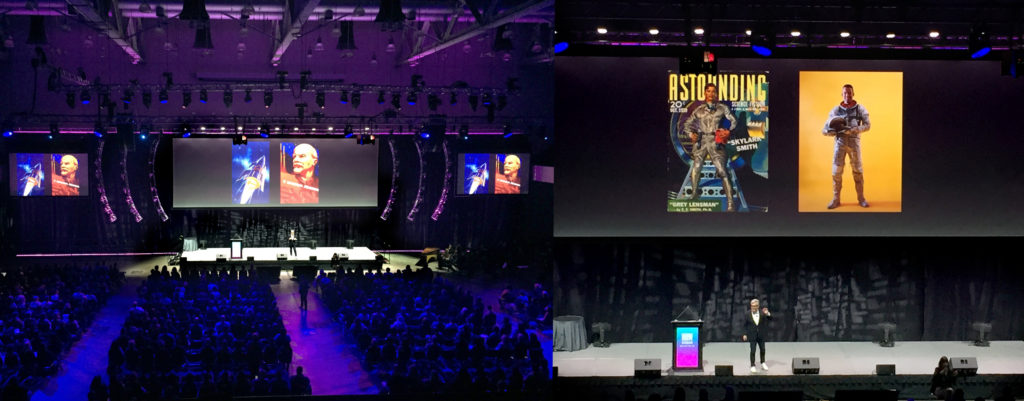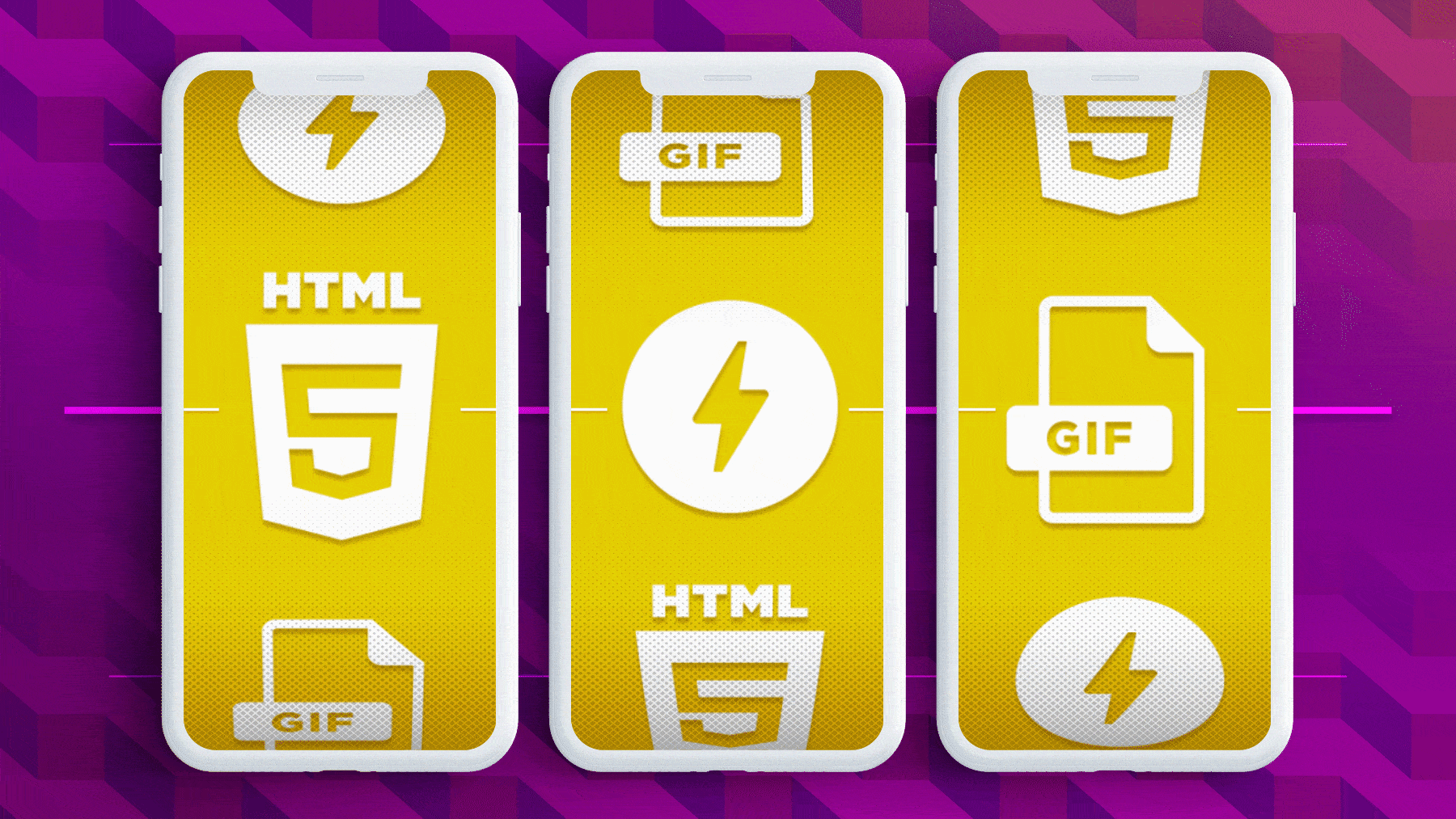
This year, Eric Andreae and I attended the HOW Design Live conference in Boston. We laughed, we cried, we experienced a lot of amazing work and brought home a few new concepts. Here are the lessons and ideas that really stood out to us.
Susan Cain
As creatives, we’re often told that we have to be extroverts when, in fact, an overwhelming number are introverts. As a best-selling author, co-founder of Quiet Revolution and self-proclaimed introvert herself, Susan Cain discovered the power of introverts through research and first-hand experience. She encouraged introverts to use their quiet, concentrated tendencies as an asset. Introverts often make the best leaders and get better outcomes because they are more attentive, appreciative and focused. The best example she used was the former CEO of Campbell’s Soup, Douglas Conant. He believes that people won’t work hard for you if they have no personal stake and if they feel you do not care about them. For him, showing you care means being fully present in every interaction, something an introvert is perfectly suited for. In the years Conant served as CEO for Campbell’s, he penned over 30,000 handwritten notes to his employees, personally congratulating them on their successes within the company. His true engagement with the people and the product led to a drastic rise in sales that grew each year until he stepped down from the position.
COLLINS
COLLINS is focused on creating remarkable brand experiences that set its work apart from the ordinary. Even its keynote presentation was exceptional, featuring a live orchestra positioned next to the stage to set the mood. The folks at COLLINS took us through recent projects, including the extensive Jim Henson exhibit designed in collaboration with the Museum of the Moving Image. The team needed to keep limited space in mind as well as artifact limitations while also telling a story and keeping visitors interested and eager for a return visit. In a breakout session, COLLINS’ creative director Thomas Wilder and client Joy Bauer spoke in detail about everything that went into rebranding Nourish Snacks, a snack food company focused on healthy and delicious snack options. Nourish wanted to make balanced snacking fun and break the stigma that healthy food is boring and bland. COLLINS did just that through research. They discovered what really drives people’s decision-making and broke away from the popular junk food look. COLLINS was also responsible for the recent Dropbox rebrand that took a lot of heat on the internet. Two of the creatives from that team told the story behind the controversial update. What impressed us most about hearing this from the creators themselves was their unapologetic and confident approach to the flood of criticism. They shared and were able to laugh at “mean tweets” brought on by the redesign. One particularly comical tweet compared the new look to taking acid. When you take great risks like COLLINS does, you have to be prepared for people to push back. That is a great lesson that everyone should learn, no matter your field. 
Terri Trespicio
Many sessions didn’t directly deal with being creative or revolve around design but still applied to people working in the field. Terri Trespicio is a content and branding expert, and her talk at HOW fell into this category. While she has an incredibly popular TED talk about passion, on this day she gave several tips about advocating for your ideas and leaving an impression. Find out what your audience cares about, make them feel better, and establish trust by not talking down to them. But it’s also important to never assume that someone knows what you are talking about. One excellent point she made was distinguishing between passion and being compelling. Passion is all about your desire, and there’s no reason someone else should be interested in that. The key is to be engaging. Terri suggests using storytelling to convey your ideas and relate to people. The more honest and specific the better.
Alex Center and Jacquelyn DeJesu
Alex Center and Jacquelyn DeJesu are a power couple to be sure, and both presented separate and intriguing insights into their experience with branding. Alex spoke mostly of his path through the creative field thus far, touching on his career at Coca-Cola building brands like vitaminwater and Powerade to recently starting his own branding company. He attributed his success as a designer to truly caring. Other people may have worked harder or hustled more, but he cared the most, and that is what set him apart. Jacquelyn DeJesu was making her mark on the advertising world when inspiration struck her for a fashion-forward and much more functional version of the dreaded shower cap. She told the fascinating story of her first product launch, which she pulled off almost entirely by herself. There were plenty of setbacks over the year it took to develop the dubbed SHHHOWERCAP, but in the time since the product’s launch, it has become a complete sensation. Jacquelyn had a few takeaways from her experience. First, the brand you create around your product is every bit as important as the quality of the product you’re producing. Second, if you have an idea that you are passionate about, do whatever it takes to make it a reality. SHHHOWERCAP could have been crushed a number of times, but Jacquelyn’s persistence and hustle made it a reality.
Leland Maschmeyer
This year, the Dieline Award winners for packaging were announced at HOW Design Live, and the Editor’s Choice Award went to Chobani’s rebrand. All the work was done in-house and led by Chief Creative Officer Leland Maschmeyer. He later explained the redesign in detail during his breakout session. Maschmeyer’s team ditched the cold, hard-to-read logo for one that more closely represented the product’s warm, history-rich persona. The previously sterile, generic packaging that blended in with competitors was replaced with bright, whimsical illustrations specific to each product line and flavor. This, along with a multifaceted marketing campaign, gave the product new life. It helped tell the brand story of a wholesome world where quality ingredients can truly make magic. Overall, the rebrand was incredibly well-received. When it launched, 94 percent of responses were positive, with 4 percent of the remaining being neutral. This ratio is almost unheard of today. All of this was made possible through extensive research and the development of a strong sense of who Chobani really is and what it wants to accomplish.


